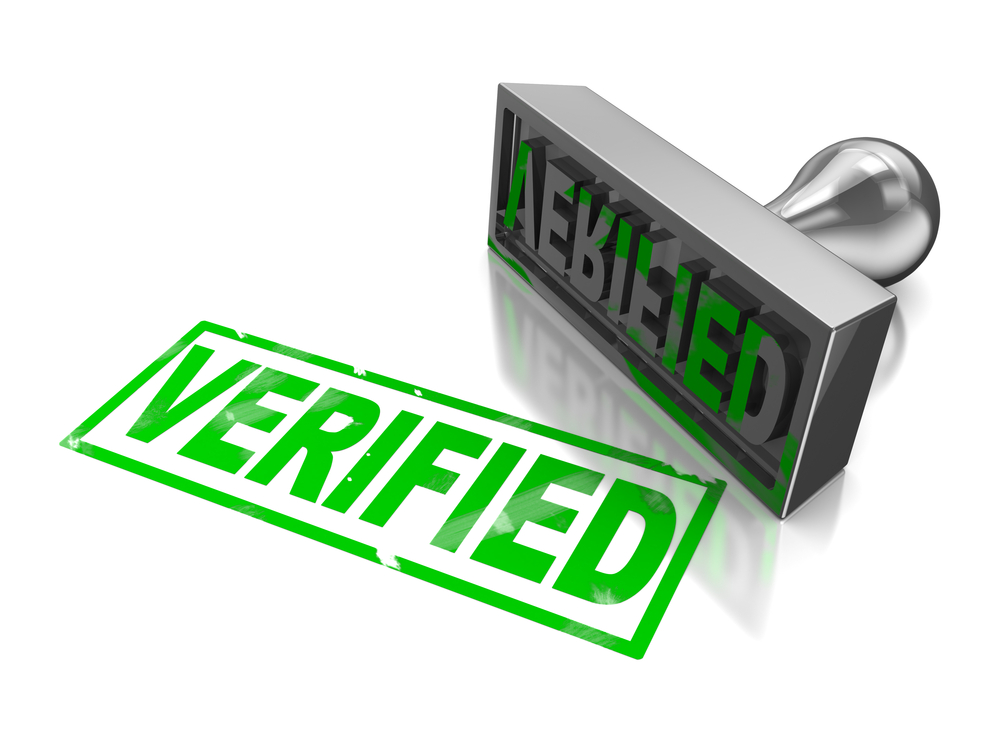
Stripe Business Account Verification – Can You Bypass It?
Dec 3, 2021 2 minute Read
The quick and easy answer is no, you cannot bypass verifying a Stripe business account. The longer answer is still no, but you can put it off. The better question to ask is, “why do I need to verify my Stripe account?”
Account verification isn’t something a merchant or individual can avoid. Whether you’re fast-tracking it by using a 3rd-party provider like Stripe.com or taking the long route with merchant accounts, verification will always be part of the process. So, why do you need to verify your Stripe business account? And why don’t they enforce this during the application process? Read on to find out.
The Stripe Account Verification Process
The process of verifying your account or identity on Stripe is not particularly difficult, but it might come as a surprise. Stripe doesn’t require verification upon application, rather they require it as you begin to process transactions. Applying for a merchant account through non-3rd-party processors is a more upfront about required documentation.
Why do you need to verify your Stripe business account?
The reason why you are required to verify a business account or even your identity as an individual goes beyond Stripe. All payment processors require account and identity verification because of the acquiring banks. The bank needs to verify the status of the company representative once transactions start being processed.
Why does Stripe wait so long to verify accounts?
The major attraction to credit card processors like Stripe (including PayPal and Square) is how easy it is to sign up. Whether you’re an established business, a startup, or an individual seller, you can go to the Stripe website, sign up, and have your account ready within minutes.
If the process was longer, it would seem less accessible. And that’s exactly what Stripe sells: accessibility. Does that make Stripe a better processor than others? Not at all. You trade comprehension for speed. When the time comes for the remaining process, like account authentication, merchants can be thrown off guard. And being unprepared can harm sales, as Stripe is notorious for freezing your ability to process transactions.
Another major piece of information that Stripe leaves out (or fails to require upfront, at least) is your business type. Stripe is not a good solution for high-risk businesses like sellers of supplement, subscriptions, CBD, and more. When registering, many users are not aware of the restriction and eventually get their stores shut down because of it.
How does verification differ between businesses and individuals?
The requirements for businesses and individuals overlap. The most important differentiator is providing the business’ registered tax information. That includes the Employer Identification Number (EIN), proof of business, business entity type, business address, and business contact information.
Where the two overlap is when submitting personal information. Even when you open an account as a business, the company representative (the person applying for the account) must submit their own information. That information includes the social security number (SSN), driver’s license or other photo ID, personal address, personal contact information, and even personal credit information.
The credit of your business is directly affected by your personal credit. If your score is too low, you have no credit, or you’re applying as a startup, then Stripe is likely to close your account. Thankfully, there are merchant accounts designed for startups and persons with zero/bad credit.
The verification is part of the Know your Customer (KYC) requirements set by the federal government to fit with anti-money laundering (AML) policies as well as ensuring a registrant is who they say they are.
Stripe does provide you with a Verifications page on your dashboard that displays the list of documents you can use for the verification process.
Where can these documents be uploaded?
You can upload the required documents through your dashboard. In fact, this is the only location where you can upload these documents. This way, Stripe can better protect your sensitive business and personal information.
What if you can’t prove ownership of your Stripe account?
This is where the Stripe verification process gets complicated. Merchants that have researched Stripe and want to avoid the verification process are stuck between a rock and a hard place. Merchants may want to avoid the process because they know their business is high-risk but need to use a 3rd-party to gain some processing history.
Whatever the reason may be, there’s no real way forward without consequences. At this point, Stripe will likely have paused your processing functionality. You can process for many a few days, but ultimately they will only wait a short amount of time before freezing your account. Either you need to submit verification documents or close your account and open a new one.
A third option is to contact Stripe customer support and speak with them about resuming account activity.
What’s the minimum documentation necessary for verification?
You can view the full list of minimum required documentation here. As an example, below is the minimum for ecommerce companies in the US with a full service agreement:
- Business Type
- Merchant Category Code
- URL
- Terms of Service
- External Bank Account
- Company Name, Address, Phone Number, and Tax ID
- Company Owners
- Representative Name, Date of Birth, Address, Email, Phone, Tax Info, and Relationship with Company
- Owner Name and Email
Stripe has also recently released Stripe Identity, which makes the identification process for businesses safer. It claims to host the verification process entirely within Stripe, helping users avoid fraud and prevent account takeovers.
With this release, it appears that Stripe understands how confusing and stressful their own verification process can be. Therefore, they’ve revamped the process to make it safer and more user-friendly.
When is the best time to verify?
In general, it’s best to verify your business at the very beginning. Stripe doesn’t make that entirely clear that it’s possible to perform this process upon opening your account simply by following the instructions with the Verifications page of your Stripe dashboard.
Using Stripe vs. Merchant Accounts
Stripe is the simplest and fastest way to setup a shopping cart and receive a working payment gateway for your site’s checkout. But depending on your business, you might be wasting time and resources using Stripe.
When you start to scale your business, Stripe puts a watchful eye on you. Scale too fast and your account gets frozen. Once you reach around $50k or more per month in transactions, Stripe will start asking for documents that would be required if you went through a merchant account provider.
In the end, you’ll have basically made a full merchant account application but with poor rates and a cap on your monthly sales volume. If you continue with Stripe and you want to scale further, you’ll have to open yet another Stripe account and swap to it once you reach that invisible cap (around $50k) to avoid frozen funds and account termination.
On the other hand, merchant accounts provided by high-risk merchant account providers like DirectPayNet provide you with flexible contracts and upfront verification processes. This way, there are no surprises that hold you back as your company grows. Merchant service providers can cater to high-risk sellers, sellers with bad credit, startups, and international sellers.
The application process might take longer, but you’ll have better rates, a personalized contract, and a payment gateway that’s just as user-friendly as Stripe’s. Whether it’s used on desktop, mobile devices, or mobile apps (Apple, Android), customer’s will also have the choice to use their preferred payment method with ease.
Considering Stripe as your payment solutions provider?
Stripe is a powerful payment processor used by millions around the world. They make it as easy as possible to get started with a Stripe API that can be integrated on nearly any website. We even promote using Stripe for some business owners to get transaction history and clout behind their business as a starting point. But we also want merchants to understand that opening a merchant account is a better long-term solution.
The right merchant account for you is one that caters to your business needs. Whether you need advanced chargeback prevention tools, fraud protection services, negotiable pricing, or more, merchant accounts are your way forward. And our API keys are just as easily implemented as Stripe’s, so there’s no tradeoff.




